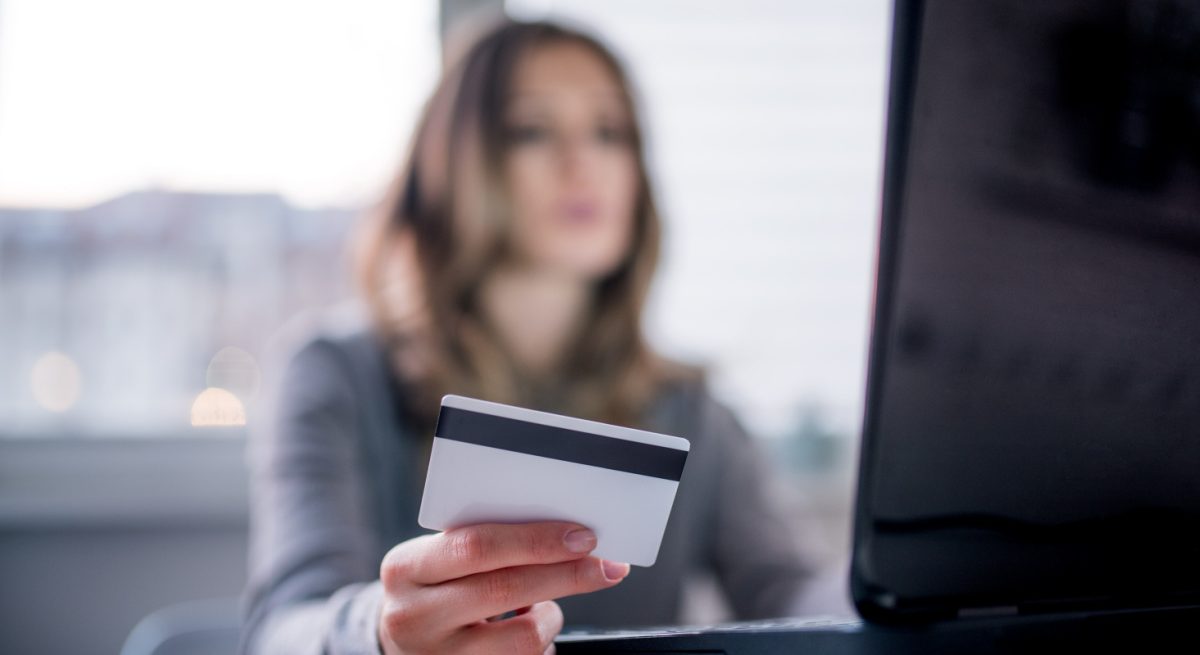Stopping Post-COVID Chargeback Abuse in the F&B Space
4 Min Read By Monica Eaton-Cardone
Back in December 2019, I wrote a piece commenting on the rapid increase in chargebacks in the food and beverage industry. I argued that, as consumers gradually become more acclimated to tech-enabled options like mobile ordering and click-and-collect, we were going to see chargebacks become more of a concern.
Of course, at the time of writing, no one could have predicted the massive changes that were waiting just around the corner.
The pandemic forced shutdowns at tens of thousands of restaurants across the country. For many, embracing new technology was the only way forward. In turn, many consumers tried options like food delivery services and click-and-collect for the first time. According to one study conducted in August 2021, 50 percent of US consumers say they’ve ordered food through a service like Uber Eats, Grubhub, or DoorDash; a 43 percent increase in just one year.
Delivery services, branded apps, and other tech-facilitated options have been a lifesaver for many restaurants through the pandemic. They also opened these businesses up to much greater chargeback exposure, though.
Chargeback Abuse Creating Problems for Restaurants
Spoon by H, a much-loved Korean restaurant in Los Angeles owned by chef Yoonjin Hwang, was forced to close their doors earlier this year after nearly a decade in business. The reason: a flood of chargebacks coming in through online ordering apps.
The story around the closure of Spoon by H garnered a lot of media attention at the time. However, they’re not the only ones to experience problems with chargebacks in the post-Covid marketplace. Chargebacks are up across the board, in the food and beverage industry and at large.
Data published by fraud management firm Kount found that one-third of all merchants have had a chargeback rate in excess of 1 percent of transactions at some point since March 2020. To make matters worse, many of these chargebacks are invalid.
Respondents to the Kount study identified “friendly/accidental fraud” as their most frequent chargeback source. Friendly fraud occurs when a cardholder contacts their bank to request a chargeback without a valid reason for said chargeback. This threat source tends to get overlooked in favor of criminal attacks. As of September, though, friendly fraud has surpassed phishing, pharming, and identity theft to become one the most common attack sources, globally.
Card-not-present transactions are inherently more susceptible to friendly fraud. It’s much easier for a cardholder to falsely claim that a transaction was unauthorized, or that the items ordered never arrived, when the transaction takes place remotely. So, as massive shares of restaurant traffic shift to channels like click-and-collect and online ordering, a corresponding spike in friendly fraud activity is inevitable.
Segmenting Chargebacks by Source
Friendly fraud exposure is like opening Pandora’s Box. Once cardholders realized they could get away with a “digital dine-and-dash,” it was clear that the problem would not go away.
Four in ten consumers say that, on at least one occasion, they’ve claimed a fraud attack occurred and demanded their money back, despite knowing that no criminal activity actually occurred. We also know that roughly half of consumers who get away with a friendly fraud attack will do it again with 90 days.
This all raises the critical question: what can merchants do? First, merchants have to segment preventable chargebacks from friendly fraud.
The only way to handle disputes resulting from genuine criminal fraud or merchant error is to prevent the triggering incidents from occurring. This calls for verifying buyers using multilayer authentication to eliminate the possibility of fraud. It also means employing best practices to eliminate common oversights, including:
- Lapses in customer service
- Disregarding complaints
- Not having orders ready within the timeframe promised
- Inaccurate menu descriptions
- Inaccurate prices listed on menus
- Having billing descriptors that don’t reflect the business
Once restaurants eliminate the possibility of criminal activity or errors in the transaction or customer service process, all remaining chargebacks should be cases of friendly fraud. These can be handled separately through chargeback representment.
Including Multiple Parties Will Add Additional Complications in the Process
That works for cases in which the merchant has a direct experience with the customer. What about when orders come in through delivery apps or other third parties, though?
Different apps have their own distinct policies. Grubhub, for instance, state on their website that they may refund buyers on the merchant’s behalf due to:
- Orders with missing or incorrect items
- Providing the wrong order
- Failing to respond to contact attempts from Grubhub
- Poor quality and/or cold food
- Food poisoning or items with undisclosed allergens
That’s just one example. Most comparable services like Doordash or Uber Eats will have similar policies in place. Although the delivery service is typically the merchant of record on the transaction, they’ll still pass the cost of the chargeback, as well as the accompanying fees, along to the restaurant in most cases.
The apps allow anywhere from seven to thirty days to contest the chargeback. Still, just like with a chargeback filed directly by the cardholder, there’s no guarantee that the merchant will succeed.
A Broader Solution Is Necessary
It’s no surprise that the food and beverage space is experiencing some growing pains as a result of Covid-19. We saw unexpected, earth-shaking changes in technology and procedure, and both operators and consumers were forced to adapt quickly. The space had to metabolize these developments in a matter of weeks when they would otherwise have taken years.
That said, new behaviors can quickly evolve into hardwired routine. If cardholders get used to the idea of abusing chargebacks, it’ll be very difficult to retrain that behavior.
One option to stem the rising tide of chargebacks is for merchants to provide cardholders with an incentive to contact them, instead of the bank. Operators can accomplish this by offering a refund, along with a bonus credit—maybe 10 or 20 percent of the cost of the order—toward a future order for dissatisfied customers.
All customer inquiries should be handled immediately, and with attentive concern. Remember: the goal here is for the merchants to reinforce in the customer’s mind that, not only is it easier to deal with the merchant, but that it is actually beneficial to do so.
The actions of individual merchants won’t be enough to turn the tide. That demands much broader change throughout the entire payments ecosystem. In the meantime, though, everyone must do what they can to manage consumer expectations and behaviors, and to try and mitigate chargeback risk.


